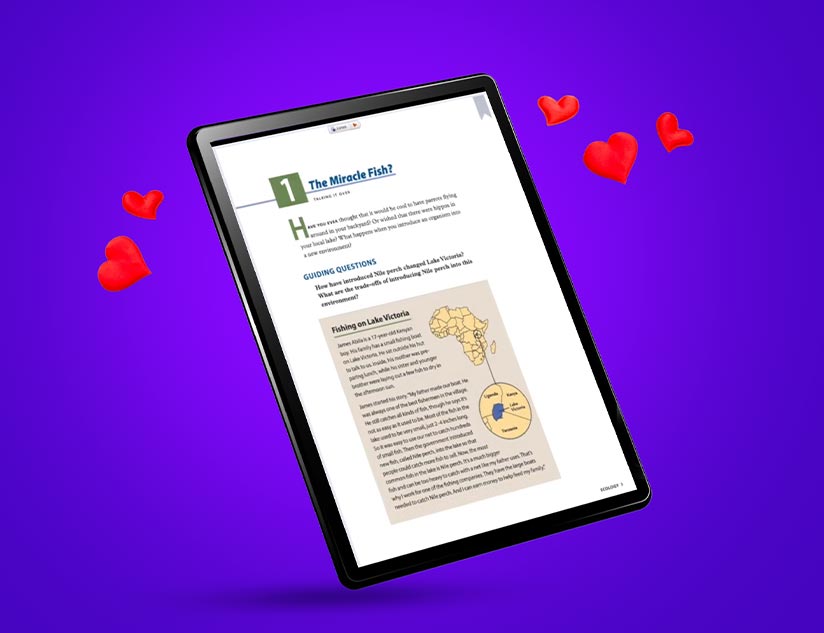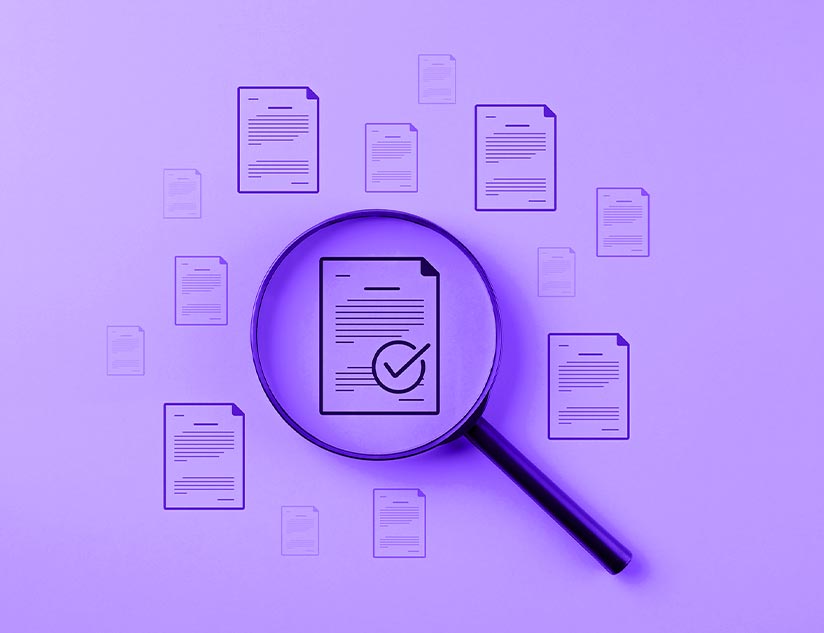Given the broader digitalization of society, global organizations emphasize transforming education through digital pedagogy. UNICEF identifies “interactive and imaginative learning experiences” as crucial to developing problem-solving, critical thinking, and creative skills. The humble eBook stands at the forefront of educational transformation to promote independent and effective learning. The global digital educational publishing market is forecasted to reach $18.316 billion by 2031. This presents a huge opportunity for eLearning publishers. Learn why innovative eBook readers are your key to leveraging this opportunity as digital education penetrates deeper into the emerging digital society.
The Rise of eBook Readers in Education
The primary advantage of an eBook reader is its portability. The best-designed eReaders are optimized for diverse mobile devices and operating systems to ease readers’ lives. In K-12 and higher educational settings, these allow educators to reach remote learners and encourage continued learning beyond the classroom.
Digital natives, the primary consumers of education, have grown up with a mobile phone in their hands to keep them engaged even while eating or while their parents pick up groceries from the store. Simultaneously, early Gen Z and millennials demand bite-sized education on the move for continued life-long learning and expansion of their skills. Against this backdrop, the ability to create and distribute interactive educational content via eReaders can truly be a differentiator for online educators and ePublishers.
eBook Readers: Empowering Publishers
The days of static images and linear (aka boring) textual knowledge are long gone. Education publishers can use cutting-edge eBook readers to incorporate diverse forms of interactive materials to elevate learning experiences. Here’s a glimpse of things you can include:
- Quizzes and Assessments – Embedding quizzes and assessments within the eBook allows students to test their knowledge and gauge their progress. Immediate feedback fosters improvement on the go.
- Multimedia Elements – Enhance learning by incorporating audio clips, video lectures, interactive maps, and audio clips to offer a more engaging multi-sensory experience.
- Hyperlinks and Annotations – Links to relevant websites and articles or glossaries within the eBook foster a deeper understanding of concepts and encourage exploration.
Advantages of Interactive Educational Content
Interactive eBooks drive improved learning outcomes and cater to diverse learning styles. Plus, they offer multiple other advantages, such as:
- Enhanced Retention – Students stay actively involved in learning with interactive eBooks, which improves comprehension. Quizzes, multimedia, and other elements bolster engagement and retention while instilling a sense of achievement and progress.
- Personalized Learning Experiences – eReaders, with customizable skins, colorful highlights, brightness adjustments, etc., allow students to personalize their learning. AI-enabled eReaders leverage student activity to adjust the difficulty levels and interaction elements to offer personalized learning experiences.
- Improved Accessibility for Diverse Learners – eBook readers with multimedia support can foster inclusion. For instance, incorporating text-to-speech converters allows you to offer the same quality of education to visually impaired learners as their counterparts.
Common Challenges Publishers Face in Producing Interactive EBooks
The foremost challenge is to have intuitive digital eBook authoring tools that allow you to incorporate interactive elements effortlessly. You require technical expertise and access to cutting-edge technologies. Next, the digital publishing platform must facilitate compliance with learning, interoperability, and privacy standards. The best eBook reader app ensures accessibility and inclusivity for all types of learners. Lastly, size concerns restrict eBook publishers from incorporating interactive learning content. This is because the eBook publishing, distribution, and reader platforms are not adequately equipped to handle different file types and sizes simultaneously.
Navigating eBook Publishing Challenges
The best way to deliver interactive learning experiences is to include exceptional content authoring, digital publishing, distribution, and eReader tools in your technical stack. Tools developed keeping new-age learning requirements in mind support digital publishers in meeting the evolving demands of learners. Drag and drop interfaces, AI-powered student analytics, and seamless integration capabilities with existing LMSs are some features you must look for in digital publishing and eBook reader platforms.
Future of eBooks and Digital Publishing
The future of digital learning is immersive, gamified, and personalized. Thinking past traditional eBooks is critical to differentiate your offerings in the competitive education landscape. eBook readers are no longer just for “reading.” They are transforming into powerful tools that deliver engaging and interactive learning experiences to drive educational outcomes.
It is time for digital educational publishers to unleash the power of interactivity. Partner with MagicBox™ to embrace future-proof learning delivery. The state-of-the-art eReader of the award-winning edtech platform helps you publish interactive content in the globally standardized ePub3 format. However, the reader is compatible with all ePub3 formats. It also facilitates conversion of diverse file types, such as doc, and pdf to ePub formats to ease the conversion of legacy learning materials. Its syncing features, such as note-taking and bookmarking, allow students to highlight and annotate the content to offer elevated traditional-reading-like experiences. With clickable hotspots and effortless personalizations, the tools offer autonomous learning opportunities. Moreover, the offline capabilities of the eReader truly ensure inclusivity, facilitating anytime, anywhere learning. Learn more with a live demo.
















